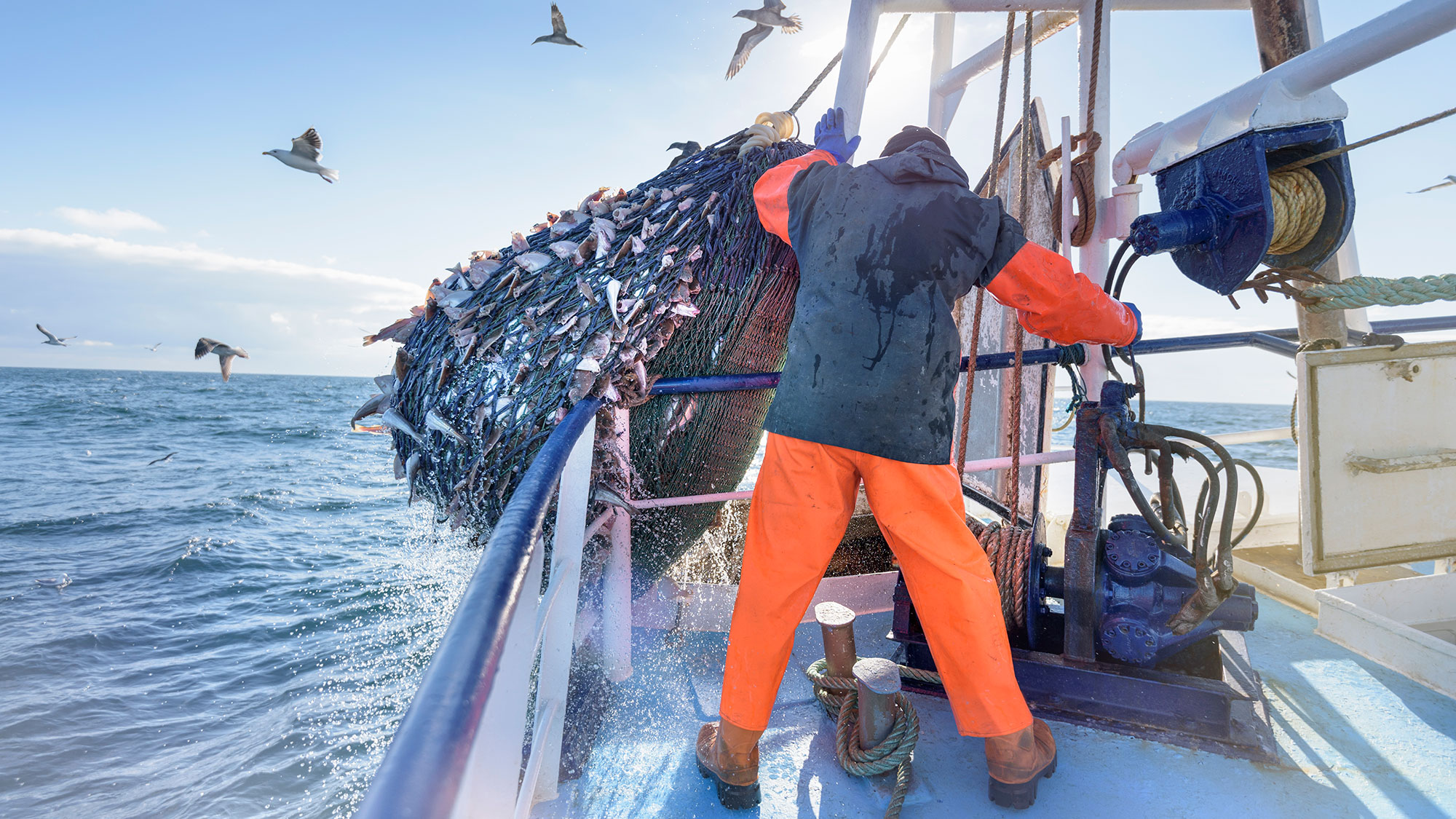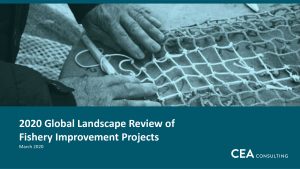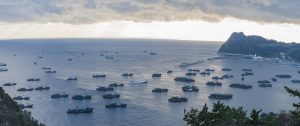The David and Lucile Packard Foundation and the Walton Family Foundation completed a joint evaluation of their complementary Global Seafood Markets strategies to understand the progress the global sustainable seafood movement has made over the past two decades, including the past five years of coordinated grantmaking, to inform their future strategies.

Photo: Monty Rakusen / Getty Images
The Global Seafood Markets Strategy Evaluation Report assessed key components of the Foundations’ past grantmaking, including buyer commitments, pre-competitive collaborations, certifications and ratings, fishery improvement projects (FIPs), and social responsibility. It also looked ahead to identify gaps and opportunities to inform potential directions for the Foundations’ future work. Completing this evaluation together allowed the Foundations to consider the effectiveness of their individual approaches as well as analyze the impact of efforts to collaborate more intentionally over the past several years.
The evaluation found that the Packard and Walton Foundations’ grantee partners are delivering progress against the Foundations’ Global Seafood Markets strategies, but more work is needed to ensure that market-based interventions result in durable changes in fishing practice, fisheries management, and trade policies globally.
The evaluation process was robust and comprehensive, spanning 10 months and engagement with nearly 200 stakeholders in total. The evaluation’s findings include:
Key areas of progress include the engagement of a critical mass of companies in North America and Europe and the growth of tools including certifications, ratings, and FIPs.
- More than 90% of the North American retailer market and more than 85% of the Northern European retailer market has a commitment to sustainable seafood. Pre-competitive collaborations have grown dramatically to address challenges individual companies cannot solve on their own, and seafood suppliers report that demand from their customers has led to changes in purchasing.
- Additionally, 35% of global seafood production is certified; has been rated red, yellow, or green to indicate its level of sustainability; or is in an improvement project. Industry uptake of these tools has increased over time – the seafood industry is now paying for most certification costs and local seafood companies now run the majority of FIPs.
There remain barriers to progress that the Foundations must overcome to achieve their strategy goals, including lack of alignment and accountability, increasing burden on producers, and achieving change on the water at scale.
- Business commitments to sustainable seafood vary greatly, the NGO community’s asks to industry around social responsibility and transparency are not aligned, there is a lack of accountability for progress against commitments, and it is difficult to determine what impact business commitments are having on the water.
- Retailers and seafood companies alone cannot make all fisheries and aquaculture sustainable; we need more effective and consistent ways for companies collectively to influence government policies.
- Fishers and other supply chain actors closer to the water bear most of the economic costs of sustainability improvements. The full supply chain must share the costs of transitioning to sustainable fisheries, while taking immediate steps to address and remediate labor abuse.
The evaluation also highlights several global risk factors that may limit the success of the Foundations’ strategies, including the COVID-19 pandemic, climate change’s impact on ocean temperatures and acidification, and plastic waste. Additionally, the Foundations must continue to think about the impact of market-based systems that perpetuate inequality and racism, and how they can start to address them through their strategies.
If you have questions or feedback about the report, please contact Sarah Hogan (shogan@packard.org) or Teresa Ish (tish@wffmail.com).
Global Seafood Markets Strategy Evaluation Final Report

